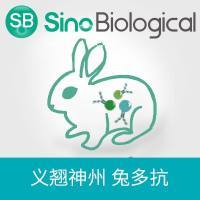Manipulating Claudin Expression in Avian Embryos
互联网
677
Since the discovery of Claudin-1 and -2 by Tsukita and colleagues in the late 1990s [Furuse et al. J Cell Biol 141:1539–50,1998], claudin family members have been found to have critical roles in maintaining the integrity of epithelial and endothelial tight junctions [Furuse and Moriwaki Ann N Y Acad Sci 1165:58–61, 2009; Morita et al. Proc Natl Acad Sci USA 96:511–6, 1999; Tsukita and Furuse Ann N Y Acad Sci 915:129–35, 2000; Turksen and Troy J Cell Sci 117:2435–47, 2004]. The properties of distinct claudin family members in tight junction permeability and specificity have been extensively studied in vitro using cell culture models. In vivo, claudin family members are dynamically regulated during embryogenesis and alterations in their expression patterns can have detrimental effects on the formation and physiological function of the tissues in which they are expressed. The chick embryo provides an excellent system to dissect the roles of specific family members in vivo and to explore the effects of modulating claudin expression during the epithelial-to-mesenchymal and mesenchymal-to-epithelial transitions that are associated with tissue morphogenesis and differentiation. We are using the chick embryo to understand the roles of the claudin family of tight junction proteins during gastrulation and left–right patterning during embryogenesis. Here, we describe methodologies for manipulating claudin gene expression in specific target tissues during chick embryogenesis.








